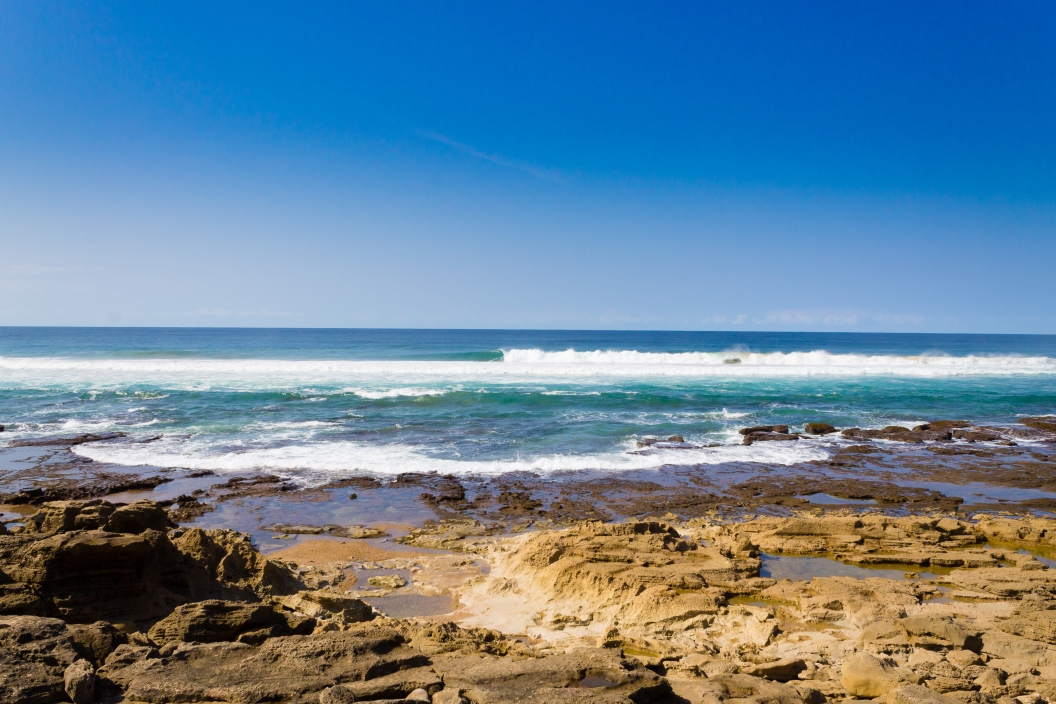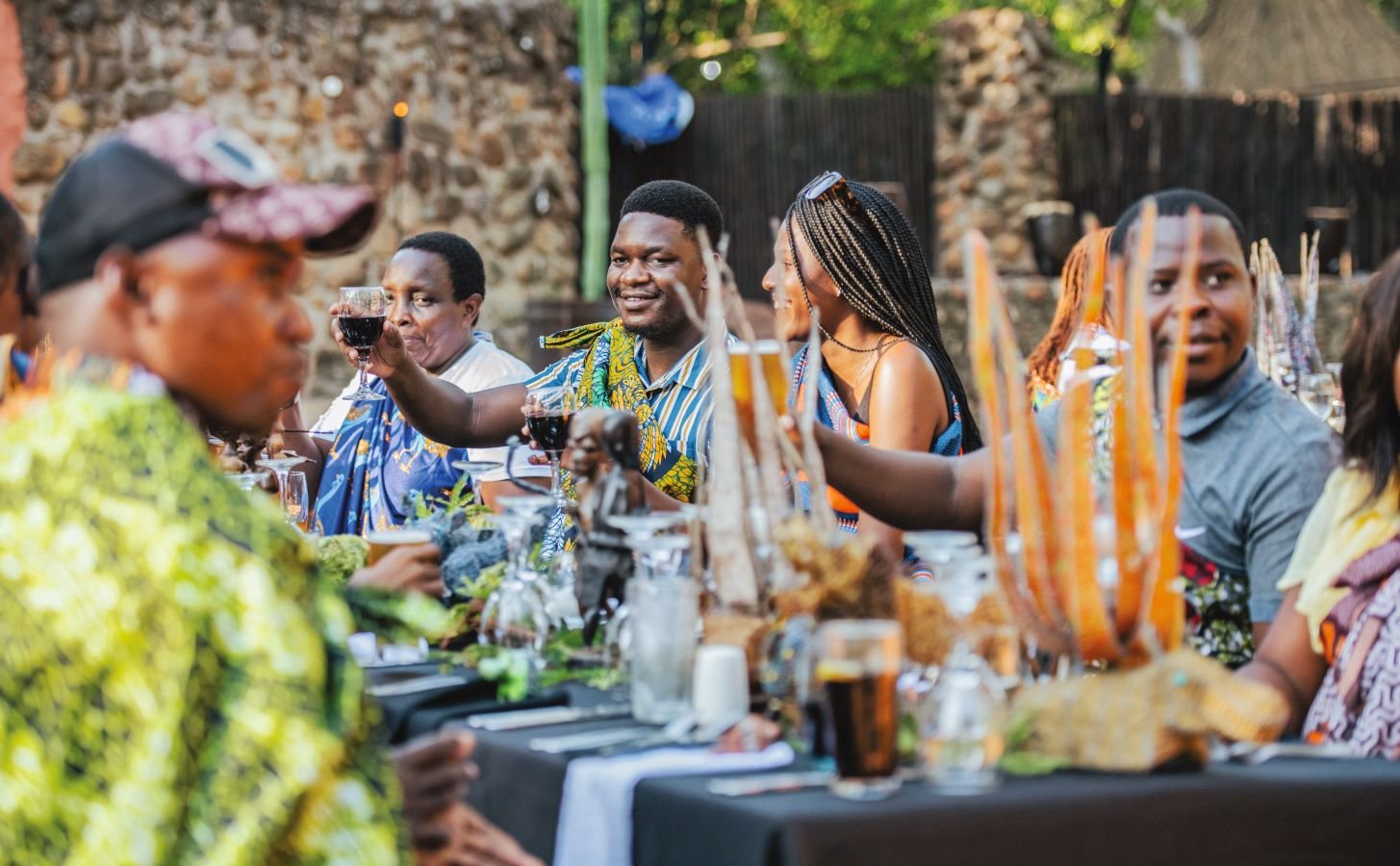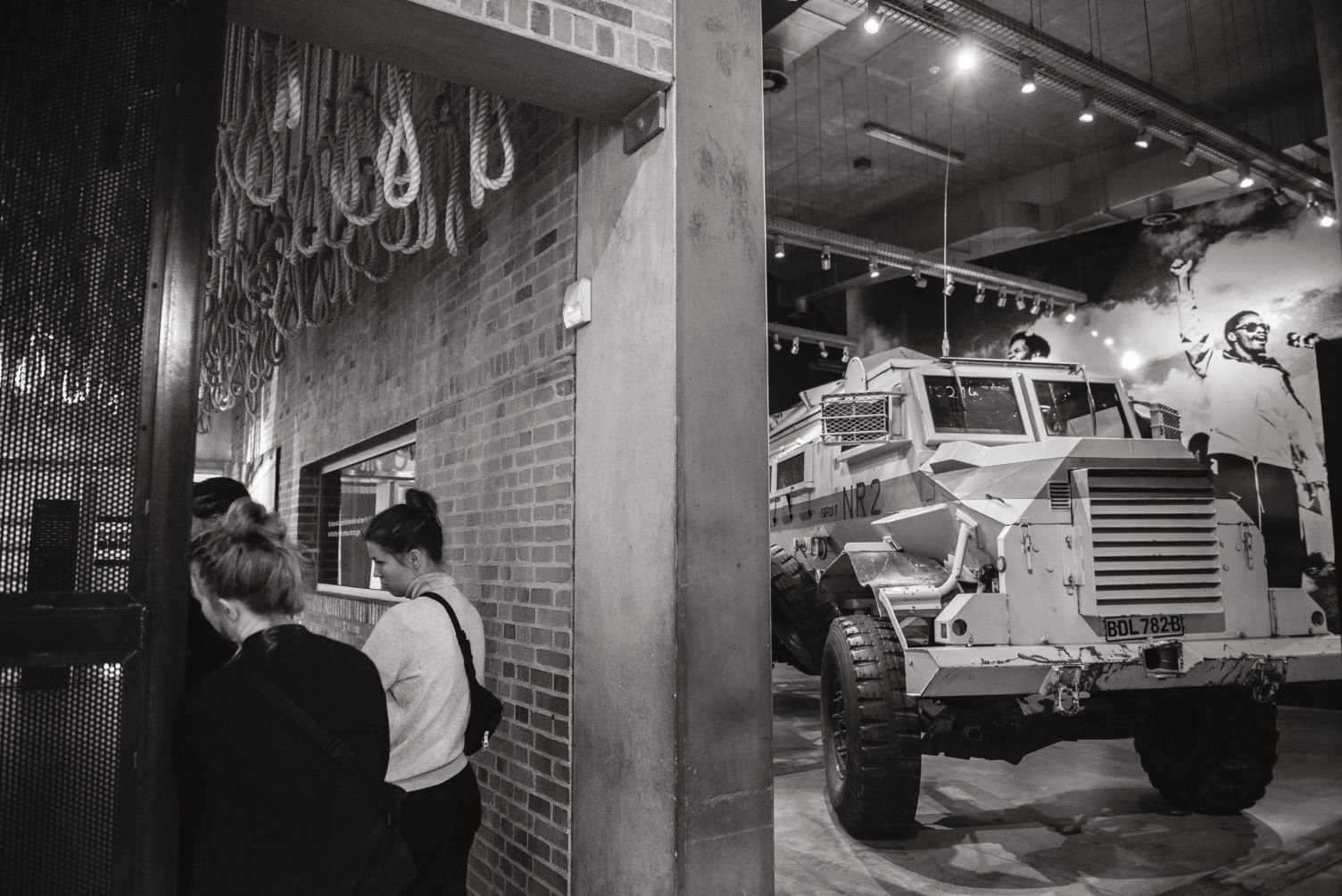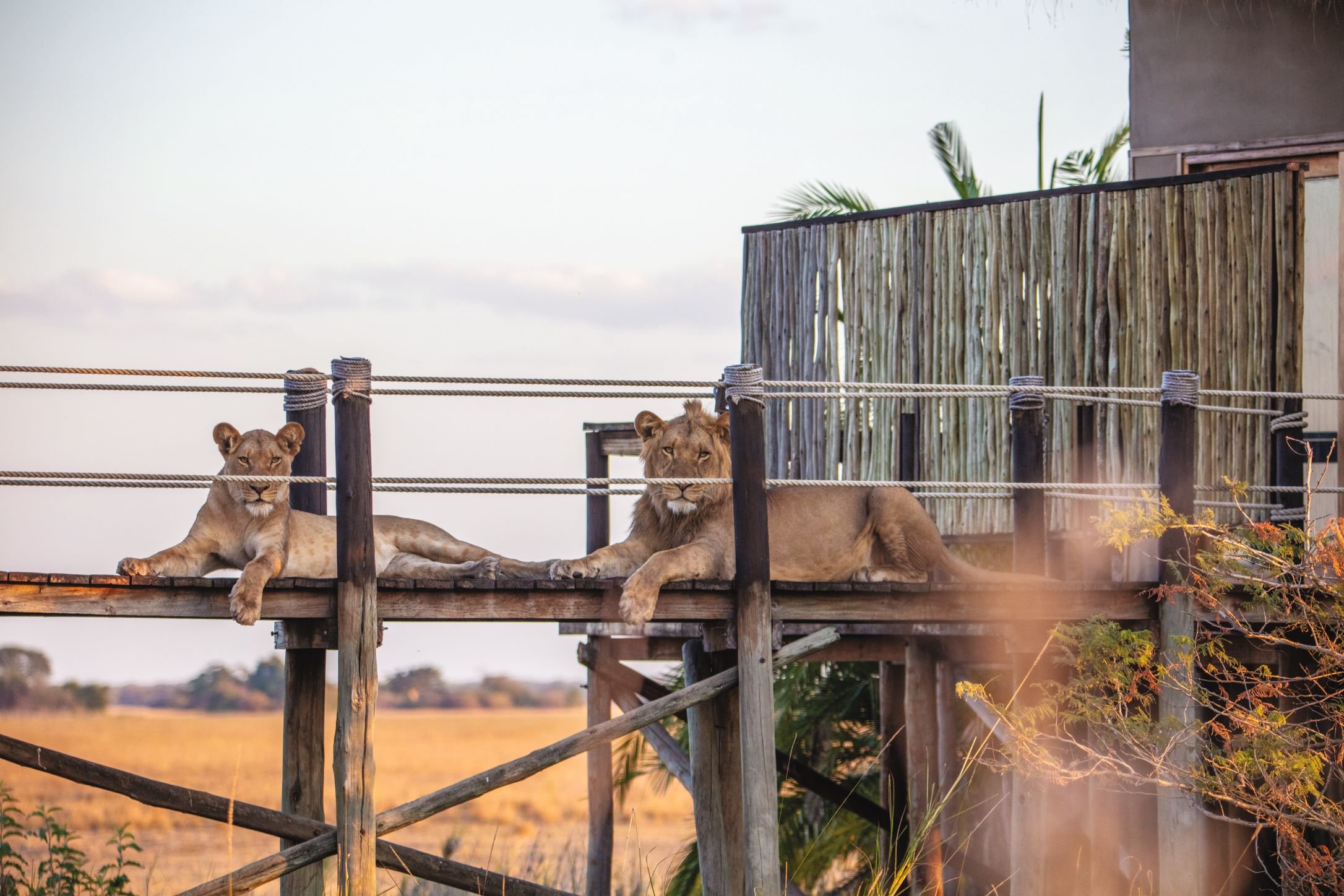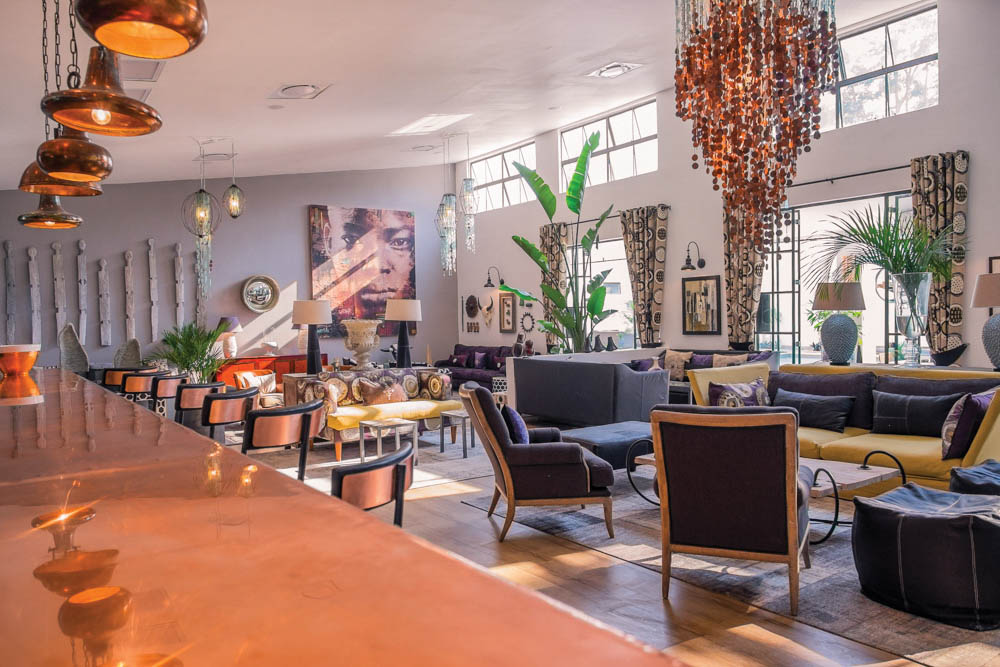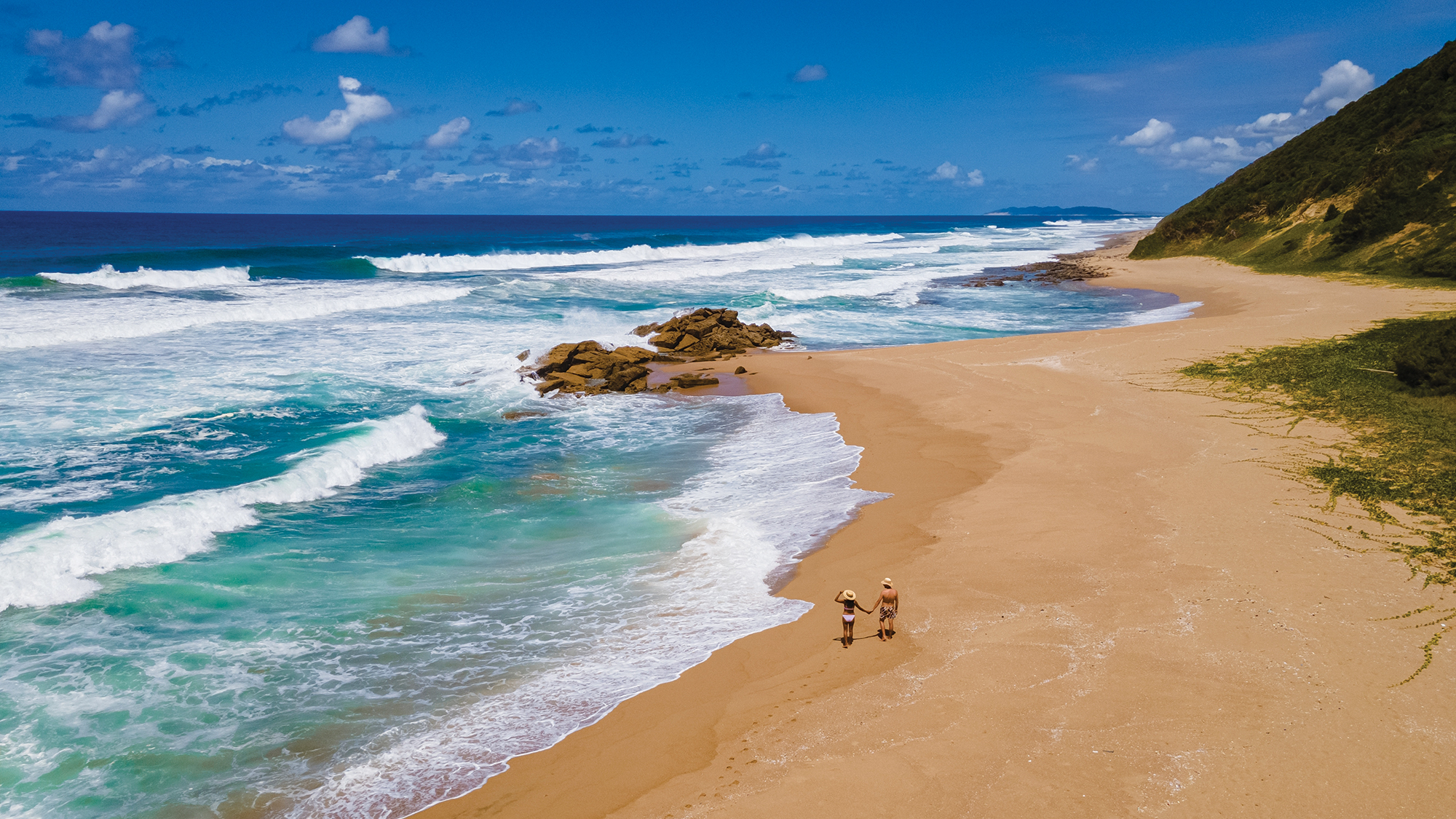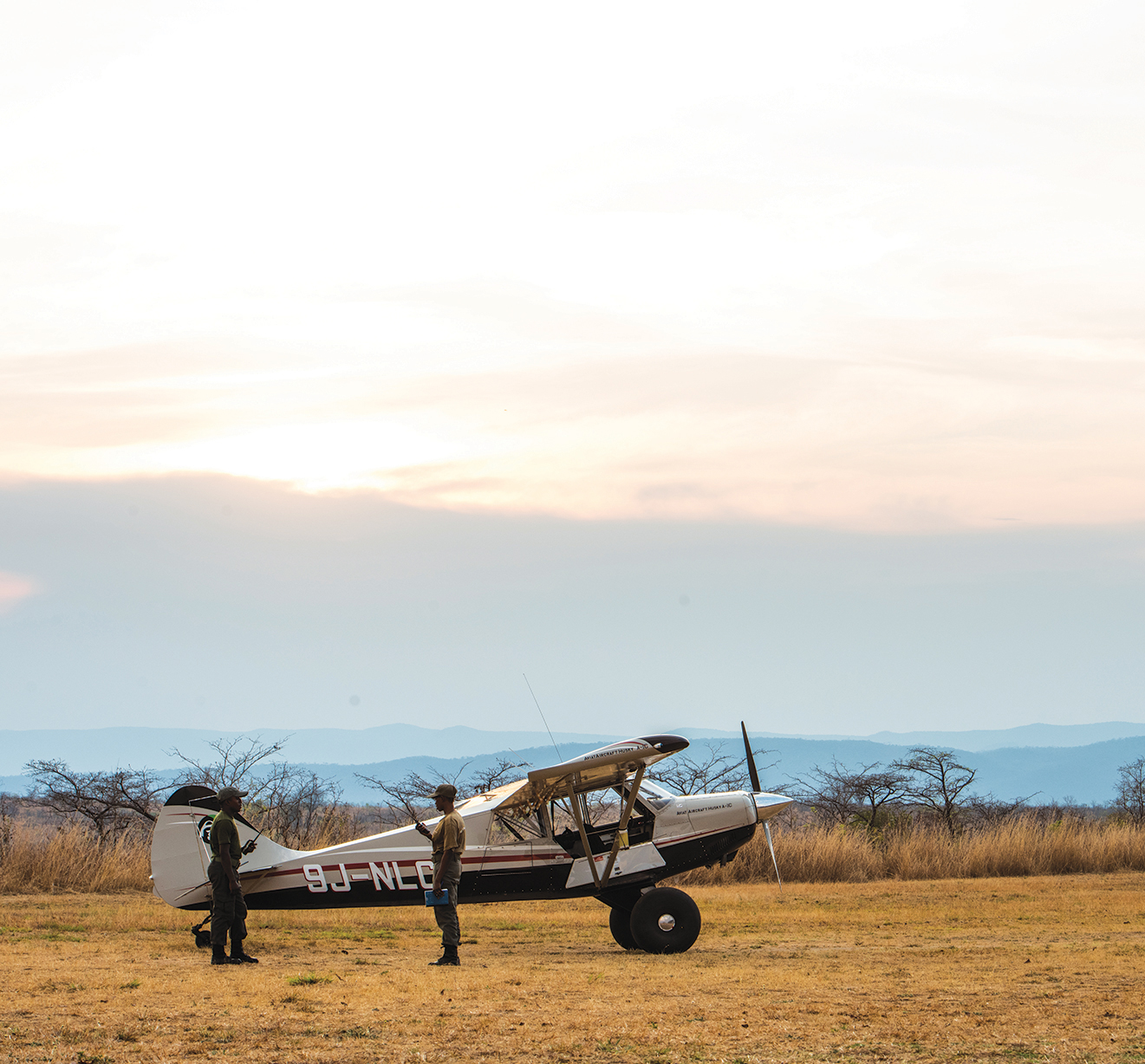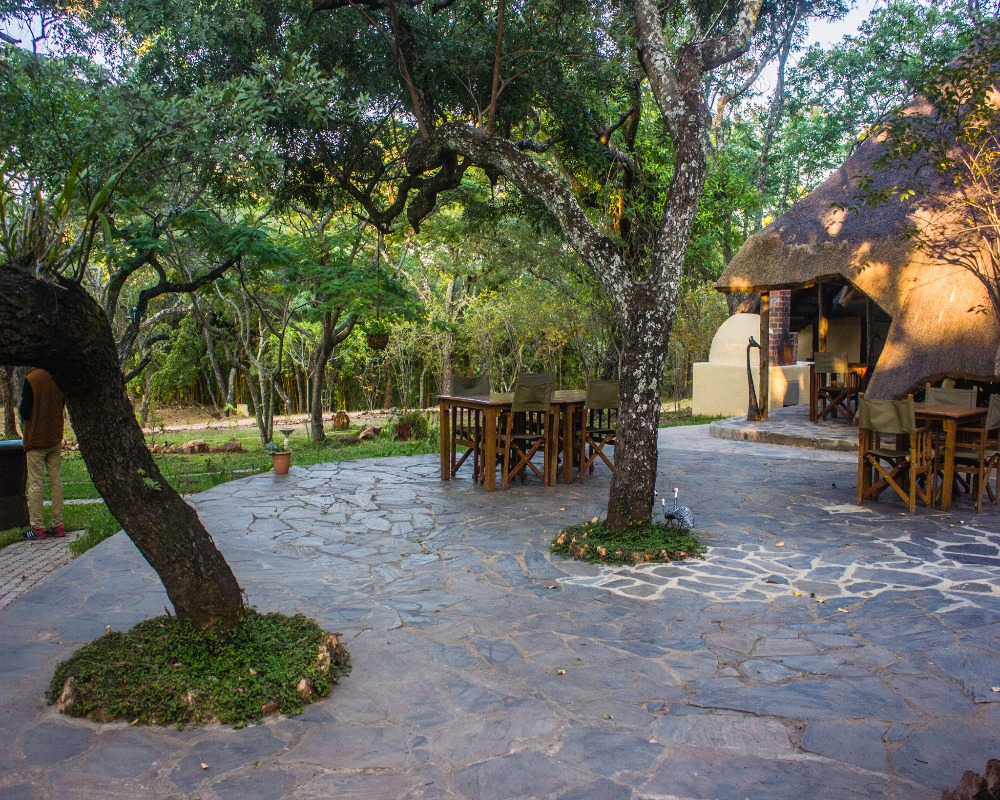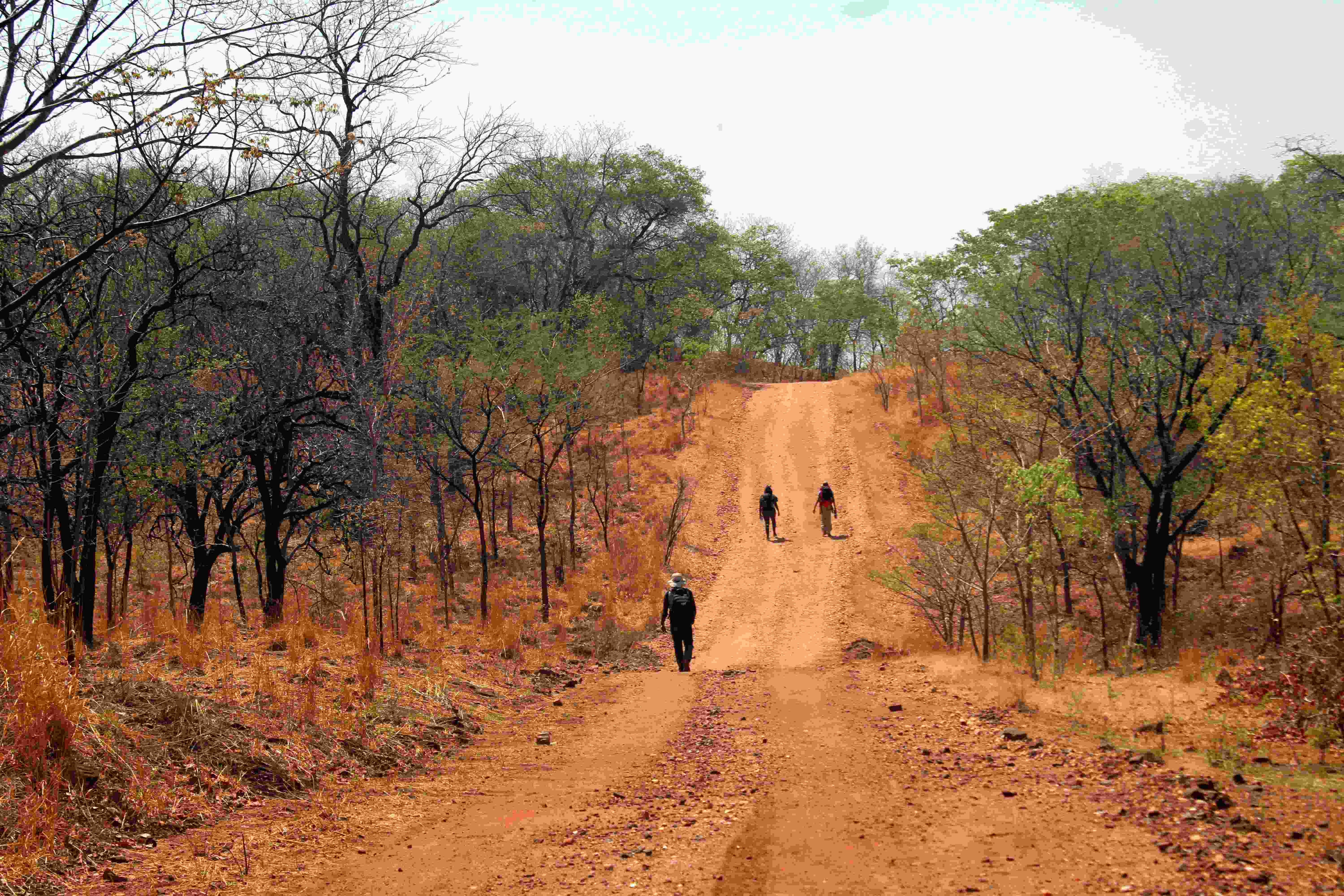I’m a city boy by nature. I breathe the fumes with ease and ask for Wi-Fi passwords wherever I catch a signal. And while I relish experiences, when asked if I was interested in the “authentic village experience,” I accepted with some apprehension.

We were travelling to the Mukuni Chiefdom, a village on the fringes of Livingstone in Southern Province. A quick Google search didn’t reveal much about it and its cultural tour, but there’s the promise of immersing oneself in the ways of the Leya people and the possibility of brewing traditional beer. I had no idea what I was actually in for, though.

Our guide was the secretary to Chief Mukuni himself, one Clifftone Sitali. “Today, we’re going to meet the prime minister at the palace to learn the history of Mukuni Village,” he said in a machine gun stutter.

Much to my disappointment, Stanley Siamapa Siachilubwi the mweendambeli, (or prime minister) wasn’t dressed in any regal garb. He was wearing a golf shirt and sneakers. Casual Friday, I assumed. We followed him into a large compound where the palace stood. Clifftone showed us to bend a knee and clap our cupped hands before entering the throne room. The room had an overarching lion theme, a metaphor for Chief Mukuni’s might and royalty; and tusks buffed to a shiny sheen representing his heritage.

The mweendambeli traced the history and origins of the village. “Because they hunted elephants, they were led to [DR] Congo, Kola then,” he said explaining Chief Mukuni’s lineage. The chiefdom is currently ruled by Mukuni Munokalya whose ancestry can be traced back to late seventeenth century elephant hunters from East Africa. His forefathers settled near the Mosi-oa-Tunya (Victoria Falls) and ruled the Leya with a chieftainess from the area.

When our history lesson was done, Clifftone took us to his compound and welcomed us into his home. Being a secretary to the chief, he had a swankier abode than most. His was a more modern structure with electricity to boot. Outside the main house stood three huts; one a kitchen, another for Clifftone’s niece and the last for his uncle. His uncle, the 94-year-old Windas Kajata, sat on a sack under the shade of a mulberry tree close to his hut and was slowly weaving a basket. I observed him for a spell as he picked long palm leaves from a bucket and linked them with the patience of a thousand snails.

The next morning, we were at Simukale Shrine, the site where the first Chief Mukuni and the chieftainess of the Leya initially met to discuss the future of the land. There is an annual gathering at the shrine, people come to witness the incumbent chief and chieftainess ascend an elevated podium via two long ladders. The respective ladders on either side have steps inscribed with the names of chiefs and chieftainesses who came before the ruling pair. “At the top, the two rulers sing a song of celebration for the people,” Clifftone told us.

Clifftone later left us in what we had to trust were the capable hands of Francis Chileshe, who was sporting a dashiki and sneakers. “Did Clifftone tell you about the tree?” he asked stretching his open palm to the large acacia outside the palace compound. “This is where the chief met with David Livingstone in 1855.” Today the tree is still a popular meeting spot. Young men from the village – mostly the artists from the craft market – gather there to play insolo, the Zambian version of mancala.

“The chief’s palace is called Luampasa Royal Palace, meaning ‘Home of the Lion’,” Francis said when he noticed Lizu, my travel companion and photographer, shooting in the palace’s direction. “The Bediyengo’s, or cheiftainess’s palace is called Nanjina Palace. Nanjina means, louse.” I found it strange that the chieftainess would agree to such a name. But what do I know? “We believe she is the mother of all the people. She doesn’t choose,” Francis explained as if reading my thoughts but still not quite clearing up my confusion.

Thinking back now, I should’ve realised we wouldn’t experience the full beer making process during our weekend stay. “It takes seven days to make,” Francis said leading us into a homestead where the local brew, gankata, was concocted. Eliza, a young girl with bright pink streaks in her braids was pounding millet into a powder.
“This is my first time,” Eliza told us. “Grandma usually makes it,” she said looking in an elderly lady’s direction. Grandma was pretty vocal, hollering instructions and bantering with everyone in the compound. She is 85 years old and has been brewing gangkata since before 1954. It’s a skill that’s been passed down for generations.

The opaque beer is made by boiling a maize meal porridge in a large black drum, mixing the millet in and then letting it ferment. It is then sold to neighbours and other patrons. I asked Eliza why she wanted to learn how to brew the beer. “I want to learn many things. It’s not like we just sit in the village doing only one thing,” she said with a near-smug smile. I was beginning to think that the people of Mukuni Village could read minds.
Though beer can provide a source of income for some, tourism also generates cash for the village. A few people work for hotels and tour companies, while others sell crafts and curios. “Revenue from tourists is used to help the needy. And, some of it is also used for traditional ceremonies,” Francis told us.

Francis was taking us to another homestead and wanted to show us how manketti nuts are pounded and have their oils extracted. But I was more interested in the design of the huts. Flower beds were separated by green bottles whose necks had been neatly tucked into the ground. The two main huts in the compound had two-tone walls; their top halves a rich and earthy red, and their bottom halves a rainy-day grey.
“The men look for mopane, ebony or teak wood when building the hut’s foundation,” Francis explained. “The grass is cut by the women. They use the thinner grass for the roof thatching and thicker grass for the fence. The men also dig up clay and make mud to be used for the walls, and later the women do the plastering.” Huts can take up to half a year to build depending on their size. And according to Francis, they have a lifespan of about thirty years, though thatching should be replaced every five years.

Later we visited the craft market, certainly a highlight of our stay. Each stand was a wonderful collage of colours. Intricate bead work hung from above, chitenge fabric came in multiple prints and patterns, and stone and wood sculptures had been crafted with surgical precision. You couldn’t walk through the stalls without a trader offering to sell you their wares, but I was impressed with Francis who had his own stand but didn’t try to make any hard sales. Lizu bought an impressive Big Five wooden totem that Francis had carved.

Francis thought it would be a good idea for us to meet and converse with the artists so he took us to an open-air hut where some of them relaxed, and others added finishing touches to their products. I had a brief conversation with a dreadlocked artist named Boswell about where artists get their materials.
“We walk about ten kilometres from here,” he said as he scrolled down his Facebook feed on his smartphone. “We usually don’t get the soft wood,” he continued. “We look for what the elephants destroy because it’s dry and won’t crack.”

Boswell said he has clientele in South Africa, Namibia and as far as the USA. “I have people that order these things in December as Christmas presents.” He also sells to tourists that come to Livingstone, but it’s difficult to do because they prefer to buy crafts for undercut prices at hotels.

When I asked him why some of the artwork was so similar, Boswell said, “People come here and buy items in bulk. We make more of the things that sell the most.” Of course, it was that simple. Supply and demand. These guys knew exactly what they were doing; they knew what was lucrative. It wasn’t about copying the next man. I had my hosts figured out all wrong. It really gave me some food for thought. After this we headed to Francis’s home and had a meal prepared by his wife. We sat on a bench under a tree and were served mundambi, dried fish and roller meal nshima, prepared by Francis’s wife. “It’s the African vinegar,” Francis said dipping his nshima into the vegetables. My taste buds were having a ball. The sweet and sour taste of the vegetable blended perfectly with the salty dried fish. I was initially dreading having to eat something new and totally unfamiliar in the village, but it turned out mundambi was a delicious delicacy I wouldn’t be forgetting any time soon.

Before we retired for the day, we returned to Clifftone’s home. The old man was still working on his basket. He wasn’t done, but he had made significant progress and the basket was taking shape. There was something admirable about his process. It was simple and lengthy, but it produced something of elaborate design. I realised that the people of the village represented something similar. On its own, each palm leaf wasn’t much, but together they weaved an intricate functional vessel. Windas Kajata put a piece of himself into each one of his baskets, and the people of Mukuni Village did the same with their work. From Eliza and her grandmother brewing gankata to the artists foraging through their environment to create art, it all came together. I also realised then what Francis had meant about the chieftainess. ‘Nanjina means, ‘louse’…‘She doesn’t choose…’ Lice aren’t picky about which head they inhabit. In the same vein, the Bediyengo cared for all the people of the village. And all fell under the protection of the lion, Chief Mukuni Munokalya.

